This might help you, or at least give you a basic idea:
Private Function ExcelToDataTable(ByVal fileExcel As String, _
Optional ByVal columnToExtract As String = "*", _
) As System.Data.DataTable
Dim dt As New System.Data.DataTable
Try
Dim MyConnection As System.Data.OleDb.OleDbConnection
Dim MyCommand As OleDbDataAdapter
Dim fileExcelType As String
'Chose the right provider
If IO.Path.GetExtension(fileExcel.ToUpper) = ".XLS" Then
fileExcelType = "Excel 8.0"
MyConnection = _
New System.Data.OleDb.OleDbConnection _
("provider=Microsoft.Jet.OLEDB.4.0;Data Source='" & fileExcel & "';Extended Properties=" & fileExcelType & ";")
Else
fileExcelType = "Excel 12.0"
MyConnection = _
New System.Data.OleDb.OleDbConnection _
("provider=Microsoft.ACE.OLEDB.12.0;Data Source='" & fileExcel & "';Extended Properties=" & fileExcelType & ";")
End If
'Open excel connection
MyConnection.Open()
'Populate DataTable
Dim myTableName = MyConnection.GetSchema("Tables").Rows(0)("TABLE_NAME")
MyCommand = New OleDbDataAdapter(String.Format("SELECT " & columnToExtract & " FROM [{0}] ", myTableName), MyConnection)
MyCommand.TableMappings.Add("Table", columnToExtract)
MyCommand.Fill(dt)
MyConnection.Close()
Catch ex As Exception
Err.Clear()
End Try
Return dt
End Function
As you can see, we have an optional parameter called myWhereStatement.
What does it mean?
You can specify its value when you call the function, otherwise its value will be an empty string
After that we can call ExcelToDataTable inside our Sub in order to populate the ComboBox as shown below:
Private Sub Combobox_Populate()
Dim filePath As String = "your_file_path"
ComboBox1.DataSource = ExcelToDataTable(filePath, "MasterRecord")
End Sub
Now you have your ComboBox1 filled with data, but the ComboBox2 is still empty.
We are going to handle the event of ComboBox1_SelectedValueChanged that means that every time you select an Item from the ComboBox1 it will programmatically fill the ComboBox2 with the propper items as shown below.
Private Sub ComboBox1_SelectedValueChanged(ByVal sender As Object, ByVal e As System.EventArgs) Handles ComboBox1.SelectedValueChanged
Dim slaveRecords As System.Data.DataTable = ExcelToDataTable(filePath)
Dim dt As New DataTable
dt.Columns.Add("SlaveRecords")
For i As Integer = 0 To slaveRecords.Rows.Count
If ComboBox1.SelectedItem Is slaveRecords.Rows(i).Item(0) Then
dt.Rows.Add(slaveRecords.Rows(i).Item(1))
End If
Next
ComboBox2.DataSource = dt
End Sub
Remarks
As you can see the first call of ExcelToDataTable has only 2 parameters while the second one has 3 parameters. That's the optional parameter feature!
N.B.
As you can see I'm using alot of _ because of better code formatting. It means that a single statement will continue across multiple lines
If something isn't 100% clear ot you have any dubt feel free to ask in the comments below.
